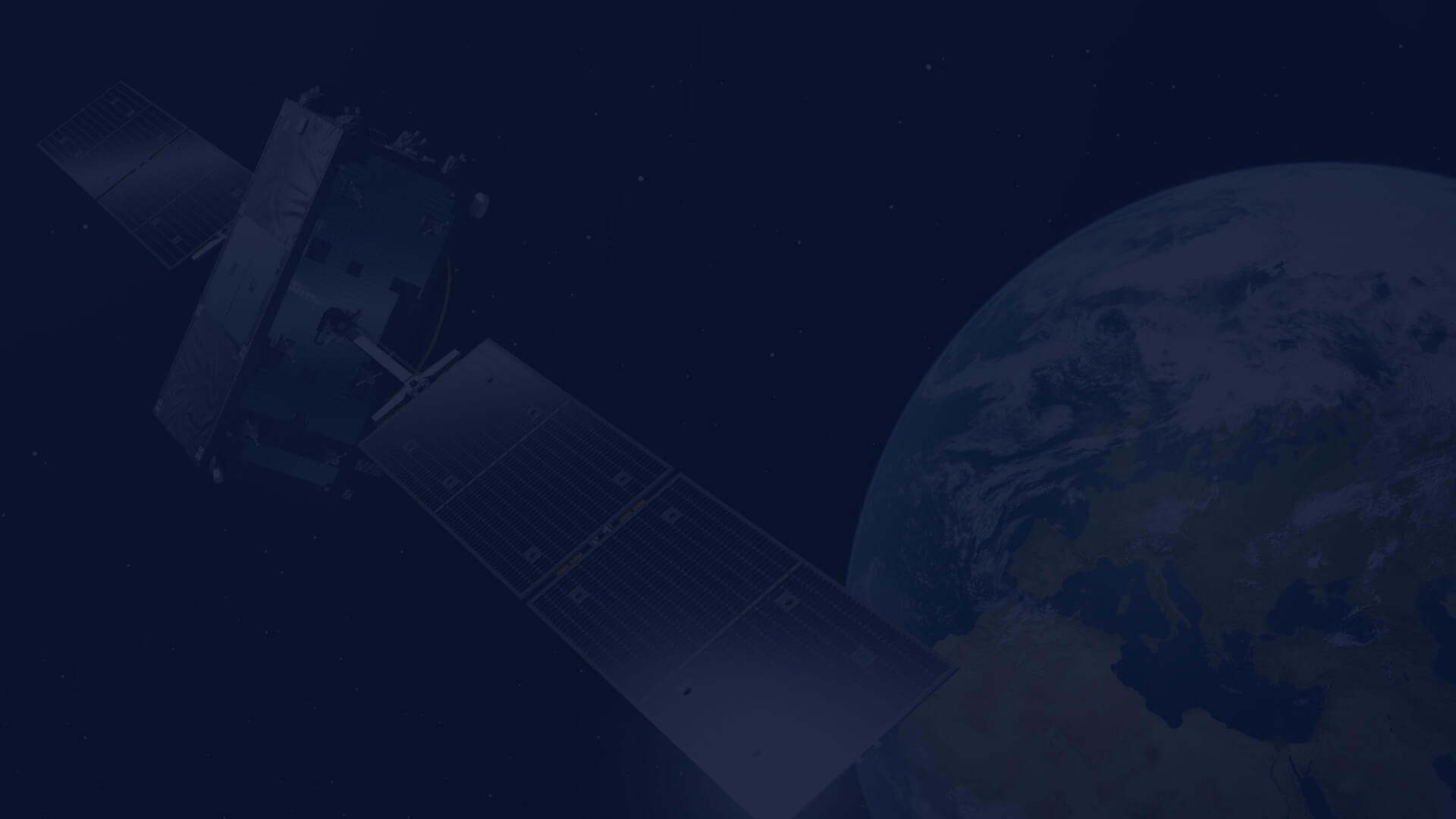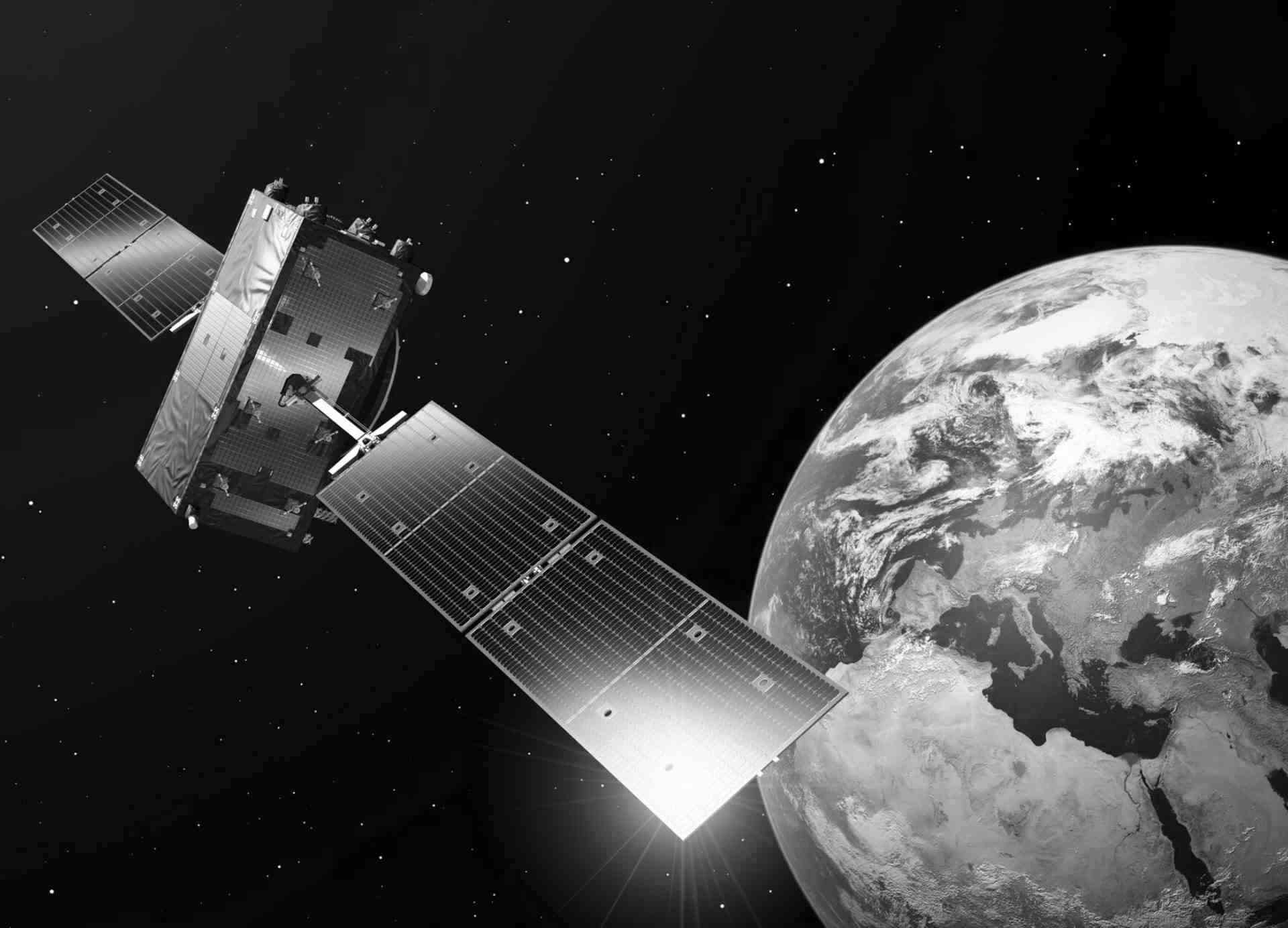Timeliness and frequency of Sentinel products explained
Sentinel satellite missions, as part of the Copernicus programme, generate a wide portfolio of Earth Observation (EO) products which are generated with different frequency and timeliness. This is sometimes problematic for users to comprehend, thus this article provides an executive summary of observation scenarios of Sentinel satellite missions and timeliness.
Observation scenario: Sentinel-1
The Sentinel-1 mission foresees simultaneous operation of two C-band Synthetic Aperture Radar (SAR) satellites. Such situation took place from 26 September 2016 until 23 December 2021, when two platforms Sentinel-1A and Sentinel-1B operated together until the latter one experienced a fatal malfunction of the main electrical circuits. This unfortunate event reduced the frequency of satellite observations from 6 days to 12 days over Europe as depicted below. For the rest of the World, excluding seismic areas and overseas European territories, the nominal observation frequency was 12 days due to power limitation of the SAR satellite, which can operate in IW (Interferometric Wide swath) and EW (Extra-Wide swath) modes only 25-30 minutes out of 100 minutes that takes for one orbit cycle. The launch of Sentinel-1C expected in March 2024 will restore the 6 day repeat cycle of the satellite constellation from Q3-Q4 2024 (after the satellite commissioning phase).


Observation scenario: Sentinel-2
The Sentinel-2 Multispectral Instrument (MSI) data are systematically acquired during daylight portions of the orbit, where the target surface has a Sun Zenith Angle (SZA) below a certain threshold (currently being specified by default at 82 degree and at 85 degree over specific regions, e.g. over Europe). This allows to cover the area between 83° North and 83° South latitude. During routine operations, in order to optimise the average revisiting and coverage frequency, the two Sentinel-2 satellites are placed in the same orbit but with a mean anomaly delta of 180 deg. This results in a repeat cycle of 5 days for the 2-satellite constellation, which, due to swath overlaps, translates into a coverage up to 2-3 days in mid-latitudes. The MSI duty cycle is limited to 48 min per orbit period.

Observation scenario: Sentinel-3
The Sentinel-3 mission is based on the simultaneous operation of a pair of identical 3-axis stabilized satellites phased by 140 degrees. The Sentinel-3 instruments provide the sensing of the data autonomously on-board the spacecraft on the basis of predefined geographic data and a selection of observation mode, depending on the surface over which the spacecraft is flying. This mode of operation does not require any specific request from users, and ground-based routine operations planning of the spacecraft is relatively straightforward. The Sentinel-3 instruments autonomously perform systematic and continuous sensing as follows:
- The OLCI instrument acquires data over daylight part of the orbit (i.e. for a Sun Zenith Angle below 80 degree)
- The SLSTR instrument operates the infra-red and SWIR channels over the whole orbit, and the visible channels out of eclipse only
- The SRAL instrument acquires data over the whole orbit in the SRAL SAR mode.
- The MWR instrument operates over the whole orbit
The Sentinel-3 revisit varies from 0.5 day to 2 days depending on the instrument and geographical location.
Observation scenario: Sentinel-5P
The Sentinel-5P mission includes the Tropospheric Monitoring Instrument (TROPOMI) which is a passive grating pushbroom imaging spectrometer. The TROPOMI was designed to support atmospheric composition and air quality monitoring services and to provide measurements of aerosols, atmospheric humidity fields, cloud types and temperature, ozone, and trace gasses. TROPOMI is an advanced nadir-viewing Differential Optical Absorption Spectrometer (DOAS) that has a swath width of 2600 km (roughly 104° wide) with spatial sampling of 7 km x 7 km. During summer 2019, the TROPOMI operations were changed to improve the spatial resolution of the measurements along track from 7 km to 5.5 km. Thanks to the wide swath, Senitnel-5P covers the entire globe within one day across the daylight. There are four spectrometers on the instrument, each electronically split into two bands: two in Ultraviolet (UV), two in Near Infrared (NIR), two in Short Wave Infrared (SWIR), and two in visible light (VIS).
Observation scenario: Sentinel-6
The Sentinel-6 “Michael Freilich” satellite ensures continuity of Jason series and is based on a platform derived from CryoSat-2 adjusted to the specific requirements of the mission, including a much higher orbit. The satellites operate in a non-sun-synchronous orbit at a mean altitude of 1336 km, inclined at 66º with a 10-day repeat cycle that overlaps with Jason-3's. The instrument suite comprises of a radar altimeter based on Sentinel-3 SRAL, a Microwave Radiometer AMR-C (based on AMR on Jason-3), a GPS device (recurrent from Sentinel-3), a DORIS receiver (recurrent from CryoSat-2), and a Laser Reflector (recurrent from CryoSat-2). Poseidon-4 is the primary payload of the Copernicus Sentinel-6 mission. This nadir-pointing dual-frequency SAR altimeter is designed to provide high accuracy and high precision altimetry measurements, including Sea Surface Height (SSH) from the radar range measurement, Significant Wave Height (Hs), and wind speed derived from normalized radar cross section. Global coverage in 1 month for 30 km average spacing, or in 10 days for 100 km average spacing.
Timeliness
Timeliness of a product can be defined as latency between the time of data acquisition and the availability of a product at a dissemination endpoint (e.g. CREODIAS). Under the Copernicus programme, products are released on three levels of timeliness:
- Near Real-Time (NRT): delivered less than 3 hours after data acquisition.
- Short Time-Critical (STC): delivered within 36 (Sentinel-6) to 48 (Sentinel-3) hours after data acquisition.
- Non Time-Critical (NTC): delivered typically within 1 month after data acquisition.
The timeliness of a product impacts its quality as longer the latency allows for the incorporation of improved or additional ancillary data (e.g. precise orbit calculations, meteorological reanalysis rather than forecast, etc.). Generally speaking, if an application is developed after the Non Time-Critical data is produced, users should use this data. NRT and STC products are generated for time critical applications such as: natural disaster monitoring (wildfires, floods, earthquakes), oil spill detection over the ocean, sea ice monitoring, weather forecasts, etc. Access to such dataset might be restricted to selected users in order to support emergency decision-making process. Ultimately, there are datasets with no timeliness. such as reprocessing of an entire collection of satellite products after a major retrieval algorithm update. The Sentinel-2 Collection 1 is a good example of such a reprocessing campaign (click to check) which will provide consistent Sentinel-2A and Sentinel-2B time series with a uniform processing baseline and optimised calibration, improving in particular, but not limited to, the products’ geometric performance. All historical data in the period spanning from the Sentinel-2A satellite launch back in 2015 until December 2021 are planned to be reprocessed.
Sentinel-1
Timeliness of Sentinel-1 products:

Senitnel-2 timeliness
Sentinel-2 NTC user-level data should be published within 24 hours from sensing.
Sentinel-3
The production of Senitnel-3 products is split between the land part operated by ESA and the marine part operated by EUMETSAT. For the atmospheric products, namely Aerosol Optical Depth (AOD) and Fire Radiative Power (FRP), EUMETSAT is responsible for the NRT and ESA for the STC/NTC production. The Sentinel 3 products can be associated with different timeliness:
- The Near Real Time (NRT) timeliness implies a delivery in less than 3 hours after data acquisition. This timeliness is mainly used for marine meteorology and ocean-atmosphere gas transfer studies.
- The Non-Time Critical (NTC) timeliness is typically defined for deliveries within 1 month after data acquisition. This additional delay allows consolidation of some auxiliary or ancillary data (e.g. precise orbit data) and the data are mainly used for geophysical studies and operational oceanography.
The differences between NRT and NTC products are due to auxiliary data: consolidated Orbit files used in NTC processing; Forecast ECMWF Meteorological dataset used in NRT processing instead of analysis ECMWF data in NTC processing.
Sentinel-5P
There are three types of processing required: NRT (near real time), OFFL (Offline), and reprocessing (RPRO).
For NRT processing the availability of products must be within 3 hours after sensing. Total columns of ozone, sulphur dioxide, nitrogen dioxide, carbon monoxide, formaldehyde, vertical profiles of ozone, cloud & aerosol information will be provided in NRT.
For OFFL processing, the data availability depends on the product. The currently planned NTC delivery times are:
- within about 12 hours after sensing for Level 1B products
- within about 5 days after sensing for methane, tropospheric ozone and corrected total nitrogen dioxide columns.
There are no time constraints for reprocessing activities. Reprocessing of Sentinel-5 Precursor products will be performed when major product upgrades are considered necessary. If there are multiple version of the same product available, the following rule can be applied: RPRO preferred to OFFL preferred to NRTI.
Sentinel-6 timeliness
The Sentinel-6 altimeter POS-4 and microwave radiometer AMR-C are distributed with timeliness Near Real Time in 3 hours, Short Time Critical in 36 hours and Non Time Critical in 60 days.
References:
Copernicus Space Component Mission Management Team, COPE-S1OP-EOPG-PL-15-0020 (https://sentinels.copernicus.eu)
Author: Dr Jan Musiał, Senior Data Scientist at CloudFerro

